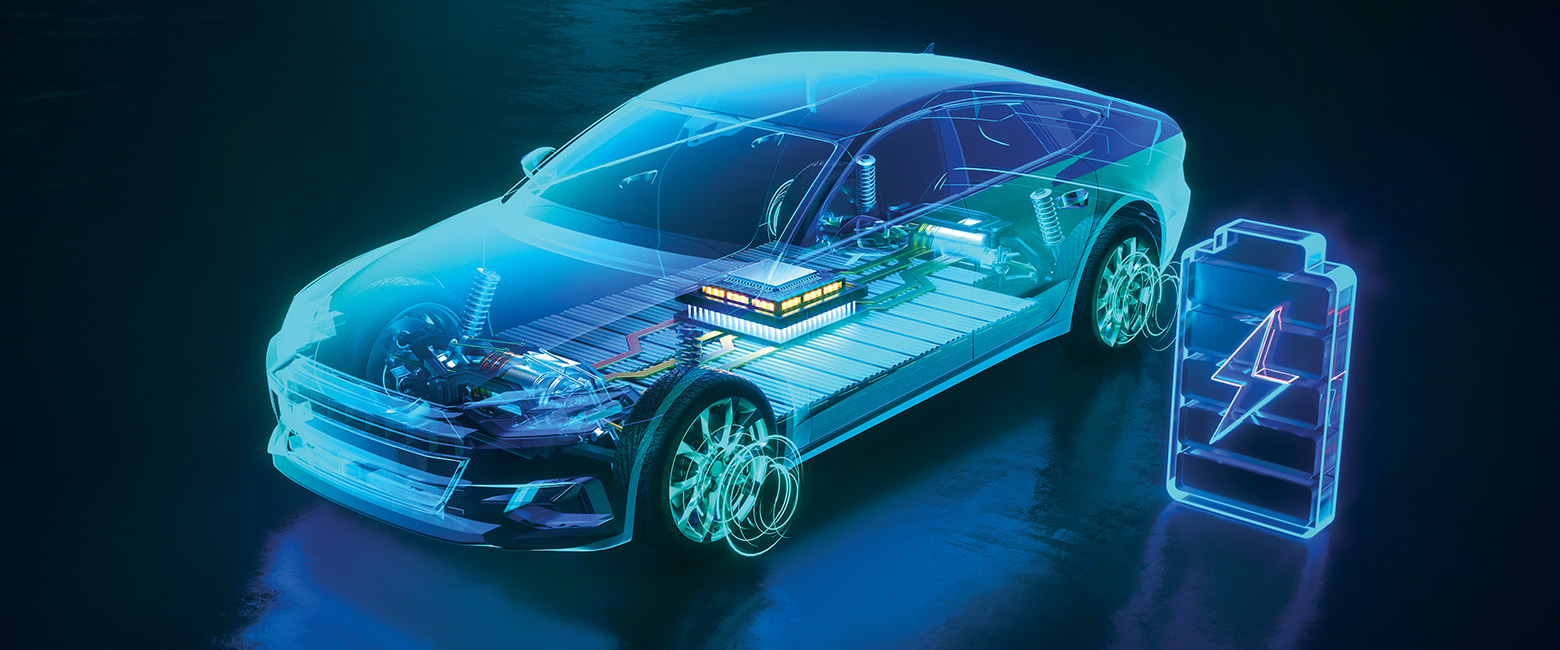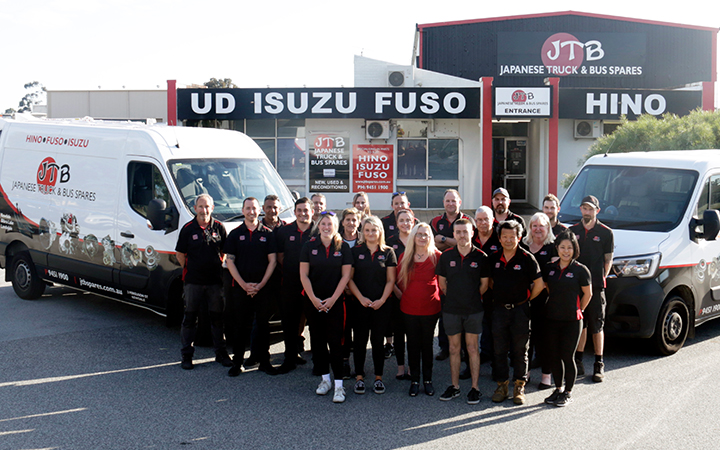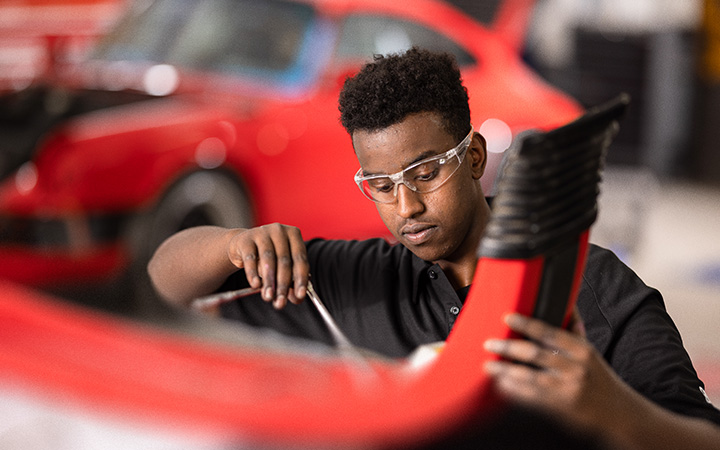In late 2022, a team from Capricorn visited the UK, Norway and Sweden to scan the EV market in Europe, which is well ahead of Australia and New Zealand, to see what lessons the industry has for us at home. Kim Radalj, Capricorn’s Chief Innovation & Transformational Officer, was among the group.
Reassuringly, Kim said the study group found there are also no signs of workshops or service work falling in either of the countries visited. Indeed, car demand has continued to grow, with new car sales highly skewed to EVs, even if the aftermarket is still mostly servicing internal combustion engines. While there is still plenty of time to make the transition, the transition is inevitably coming.
“EVs require very different servicing and there are obviously different skills that will be required in servicing those vehicles,” he said. “The key message is that members will really need to think about their workshop and its set up.”
Let’s look at the most important findings from Kim and the team.
Up to half of current servicing will no longer be needed
Say goodbye to oil changes. In fact, 30 to 50 per cent of traditional servicing jobs will no longer be required. Given oil changes are a major trigger for service intervals, this could prove a challenge to profits.
While original equipment manufacturers still suggest annual services and are often providing highly itemised service schedules, motorists appear to be questioning the value for money these services provide.
There are, however, still good reasons for regular services. Teslas need their dehumidifiers replaced every few years, along with cabin filters, wiper blades and washer fluids. Cooling systems, like air conditioners, are potentially key servicing needs.
Battery maintenance and replacement is one opportunity for servicing, but these are high voltage components requiring specialist skill and training. Newer kinds of batteries also have a low failure rate, so battery repairs during the useful life of the car within the workshop appear unlikely. This may feel like slim pickings, so far.
Wear and tear in some areas will still create demand for servicing
Tyres, brakes, suspension and charging cables are all likely to need regular replacement, although there is always the chance OEMs will design out issues over time.
The high torque from electric motors, for example, is wearing through rubber compounds in tyres at a faster rate than traditional motors, resulting in higher frequency visits to tyre shops.
Expect higher data access charges from OEMs
Like aftermarket workshops, OEMs are grappling with how to make up lost revenue from servicing and parts. In Europe, while legislation gives workshops access to the data they need, it doesn’t appear to limit what the OEMs can charge which is resulting in higher data charges for mechanics.
“The perspectives shared suggested that this risk is best managed through both vertical regulatory frameworks, like Right to Repair, and through horizontal frameworks, like consumer data access regimes that provide consumers with choice on what data is shared, based on their consent,” Kim said.
While current software updates take considerable time, requiring fast Wi-Fi and internet connections, overthe-air updates like Tesla’s may soon become the industry standard.
EVs are going to change your workshops and your business model
Kim said servicing EVs came with high safety, training and awareness requirements because of the high voltage nature of the vehicles. “It was really interesting talking to those who were servicing EVs, because they had to really think about the spatial considerations and how the cars are moving in and out of the workshop,” he said. “EVs are much quicker to service and that has implications on the workshop floor and, of course, there has to be a safety-first mindset.”
Some business owners will not want to make the transition to EVs. Some, especially those in the later stages of their careers, may well close their doors and enjoy a well-earned retirement. But for those with many working years ahead of them, Kim has good news.
“There’s obviously still servicing work to be done, it’s just going to require different skills,” he said. “The skills are very learnable.” The even better news is, you still have time to make the transition.


